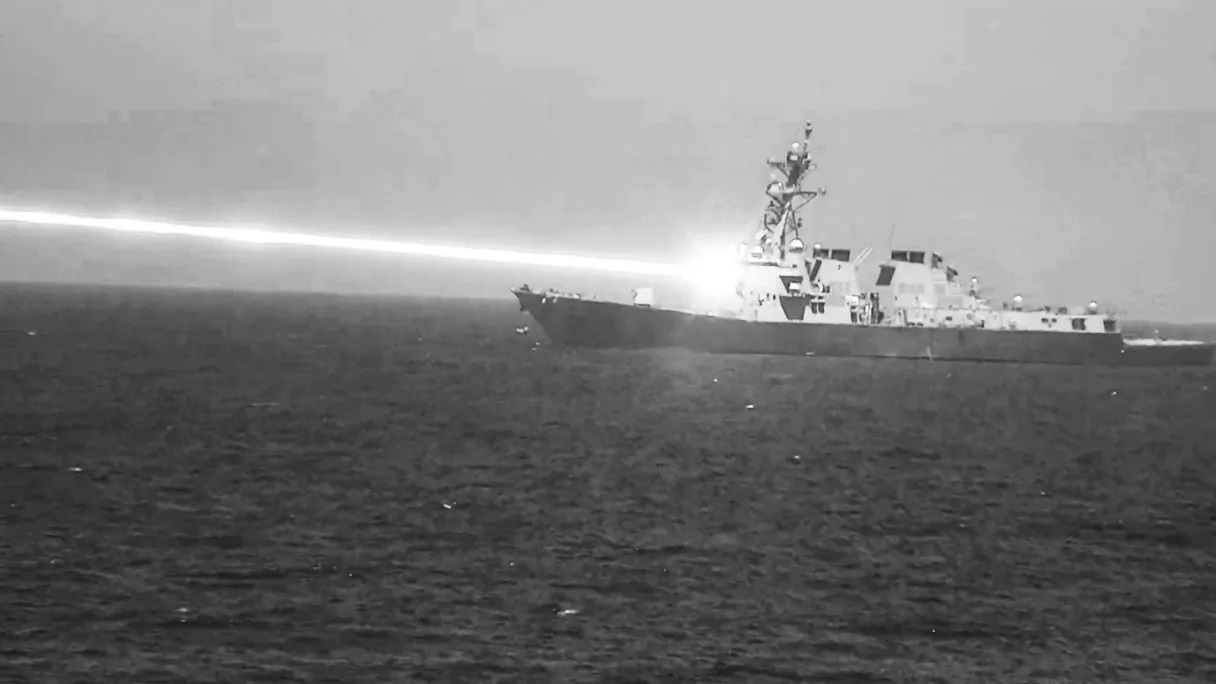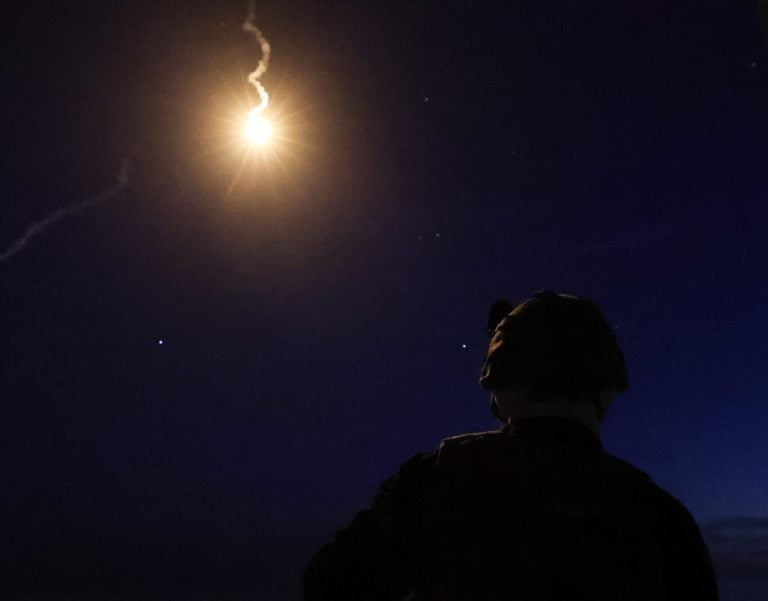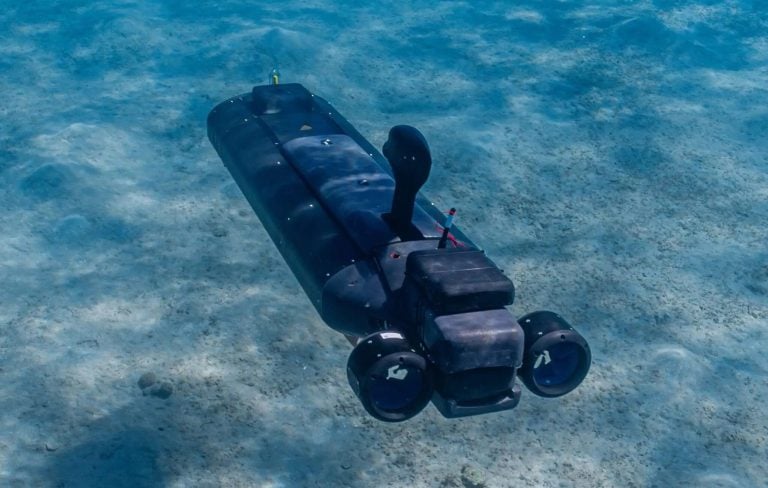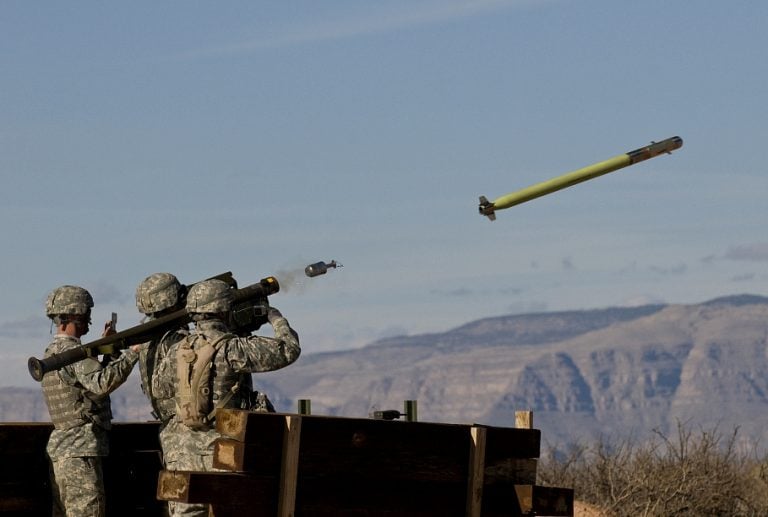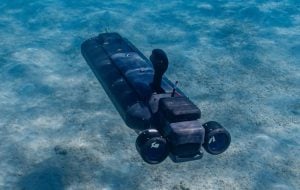The U.S. Navy has showcased the capabilities of its advanced HELIOS laser weapon system aboard an Arleigh Burke-class destroyer during a recent sea trial, as detailed in a photo released in the Pentagon’s annual Director, Operational Test and Evaluation (DOT&E) report. The image features the USS Preble engaging an unidentified target, later identified as a surrogate drone, in a demonstration that validates the weapon’s performance in a real-world setting. While specifics regarding the date and location of the trial remain classified, the report confirms that the event occurred within Fiscal Year 2024.
This test is a pivotal moment in the Pentagon’s ongoing initiative to create an efficient and cost-effective high-energy laser weapon capable of neutralizing sophisticated threats. The HELIOS, or High Energy Laser with Integrated Optical Dazzler and Surveillance, represents a significant step forward in naval warfare technology. Developed by Lockheed Martin, this versatile weapon can produce over 60 kilowatts of directed energy—enough power to supply approximately 60 homes.
One of the standout features of the HELIOS system is its dual-layered defense capability. It enables both “hard” and “soft” kill methods against various threats. A hard kill involves the physical destruction of a target, while a soft kill focuses on disrupting the electronic systems of adversarial devices, thereby severing their connection to operators. This innovative approach allows the HELIOS to engage a wide array of modern threats, including drones and fast attack craft, as well as providing potential defensive measures against incoming missiles.
Lockheed Martin emphasizes the advantages of the HELIOS system, highlighting its “deep magazine,” low cost per engagement, and rapid response time, all of which are crucial for meeting the fleet’s needs in contemporary maritime operations. The system’s scalable architecture suggests that it could be upgraded to enhance laser power, potentially reaching up to 120 kilowatts in the future, which would further expand its operational range and effectiveness. The HELIOS system currently has an effective operational range of up to five miles (approximately 8 kilometers).
As the U.S. Navy continues to incorporate advanced technologies into its arsenal, the successful demonstration of the HELIOS laser weapon underscores a transformative era in naval defense capabilities, paving the way for innovative responses to evolving security challenges on the high seas.
